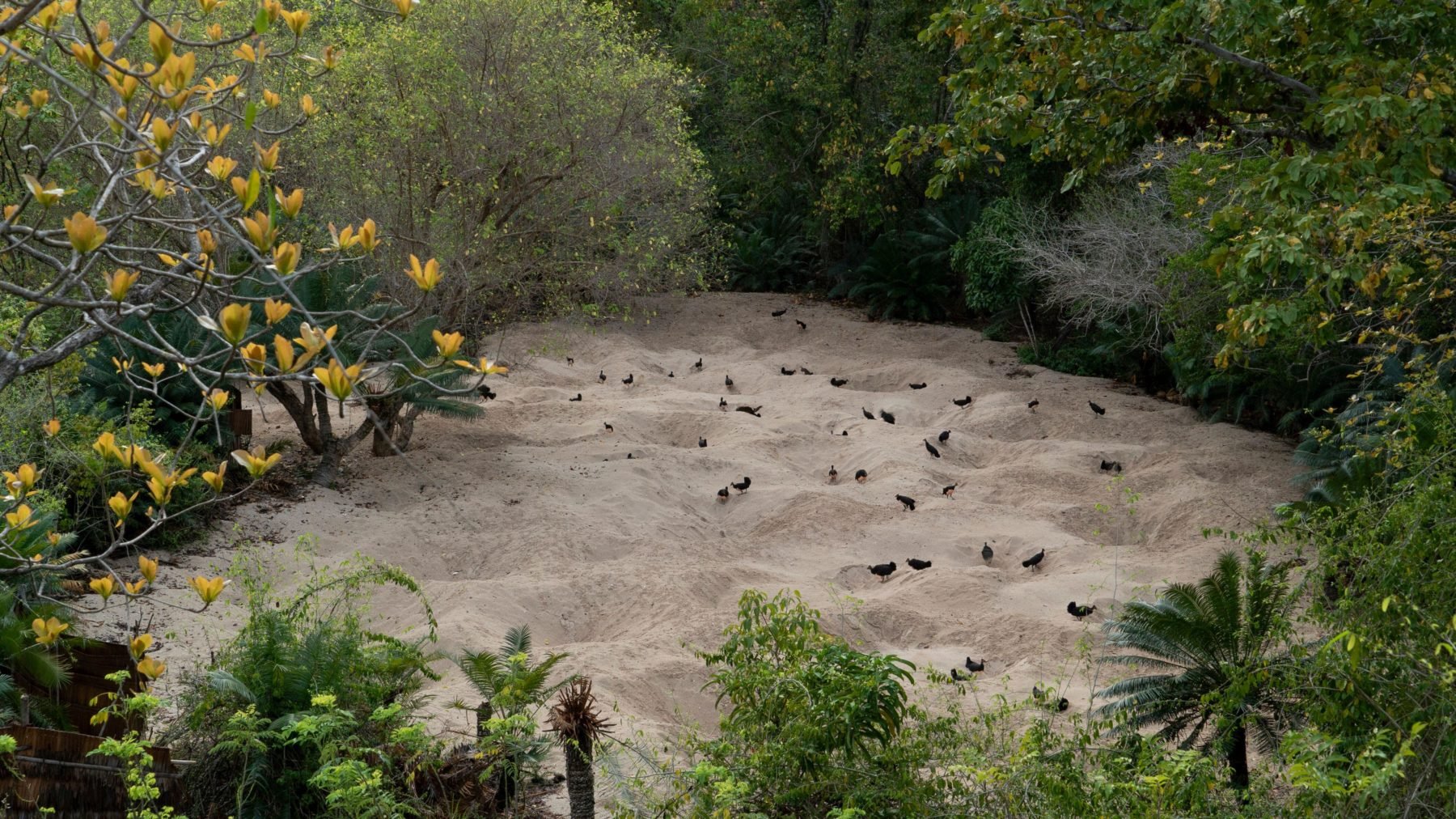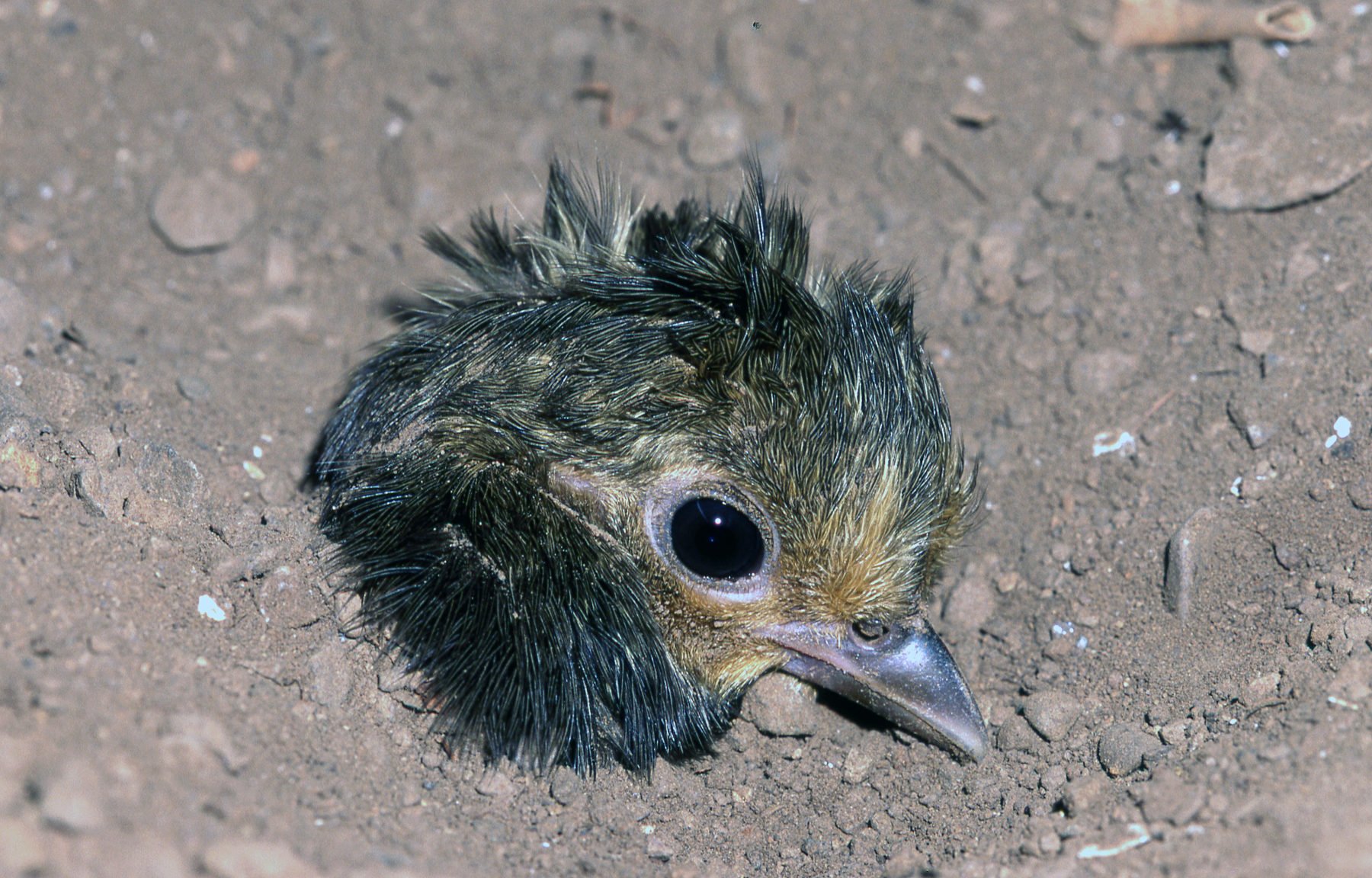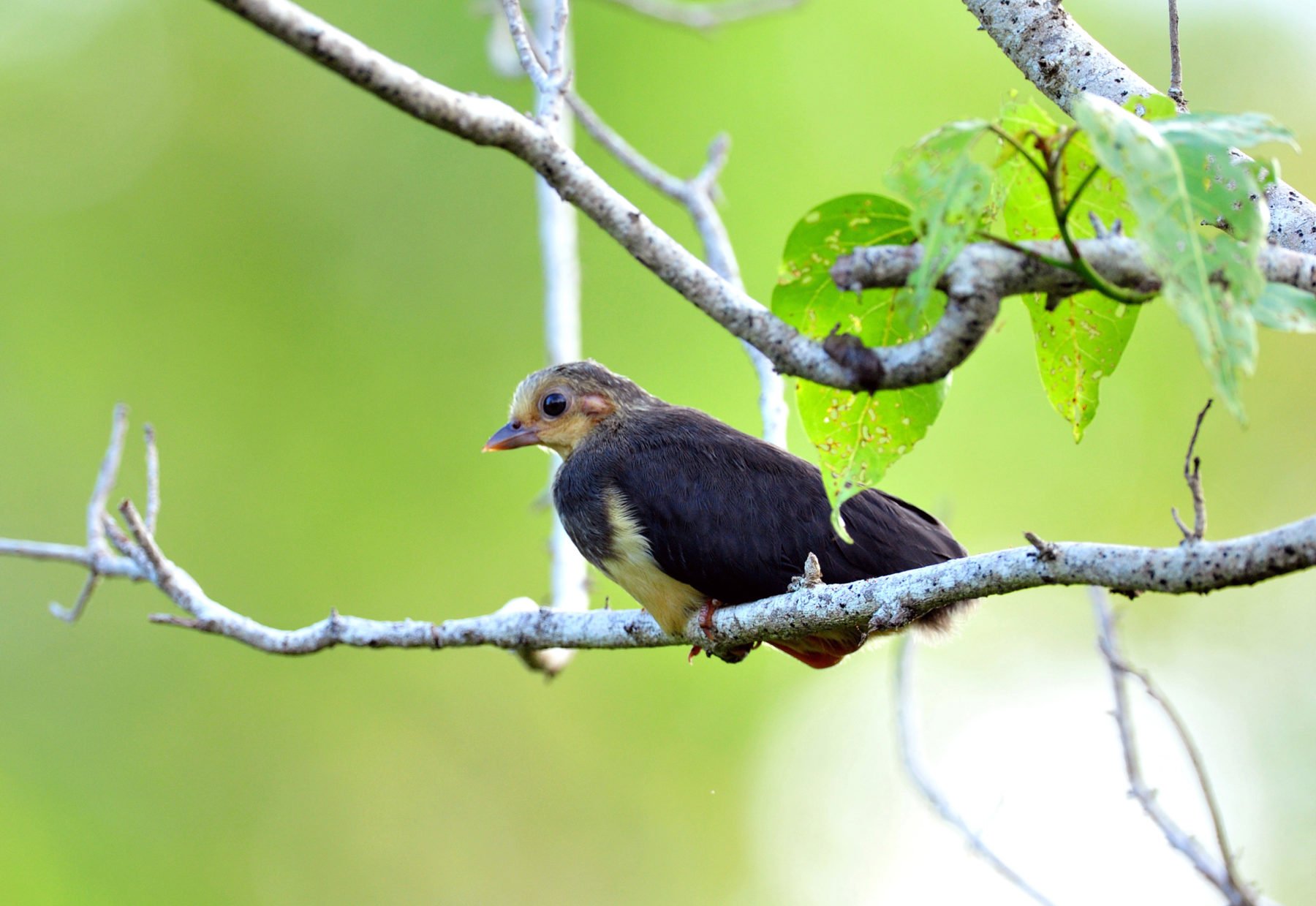The maleo isn’t winning any parent of the year awards

Bec Crew
Bec Crew

There are the emperor penguin mums, which travel 80km on foot to reach the ocean to hunt for food for their chicks, and the pied butcherbird mums, which share nesting duties with each other to give round-the-clock care.
There are also fairy-wren dads, which teach songs to their unhatched chicks that will be important for things such as mate choice, territory defence and species recognition, later in life.
But maleos, well… they’re not exactly the parenting type. They’ve decided their responsibilities end with the laying and burying of their eggs, which means their chicks have got their work cut out for them from day one.
Maleos (Macrocephalon maleo) are large megapodes, also known as incubator birds or mound-builders, which can grow up to 60 cm long. The Australian brush turkey (Alectura lathami), another megapode, is a close relative.
They are endemic to Sulawesi and the island of Buton in Indonesia, where they spend much of their lives scratching around the forest floor, using their large feet and long claws to dig up worms and insects.
When it’s time to lay eggs, maleos travel to open sandy areas filled with volcanic soil. They bury their eggs in the sand, and the warmth of sand takes care of the incubation duties. This is often done in large groups, as you can see here:

The parents will ditch the eggs – which are five times the size of a chicken’s eggs – and never return.
The chicks are left to peck their way out of their eggs and dig themselves out of the ground. Here’s one taking its first breaths after making its way to the surface:

Like the eggs, maleo chicks are huge. And for good reason – with no support from their parents, these chicks have to do everything an adult bird does, all by themselves. In fact, from the day when they open their eyes, they’re able to fly, run and pursue prey.
Here’s one sitting in a tree, like a grown up:

Maleos are sadly in a predicament. Due to poaching and habitat loss, they have been rendered critically endangered in Indonesia.
There are a number of conservation groups from around the world that are working with local authorities to protect important populations. However, their large eggs are considered a delicacy by some people in local communities, which adds to the challenge of stemming the decline of the species.
Here is some rare footage of a dusky megapode (Megapodius freycinet) – a close maleo relative – also from Indonesia) laying their eggs in volcanic sand:




